
I thought it would be fun to look back at the popular toys given for the holidays during the 1960s. This research brought back a flood of memories as both receiving them for gifts and buying them for the younger ones in my family. Hope you enjoy this walk down memory lane, also.

1. Army Men, or plastic soldiers of unbreakable plastic commonly molded in olive green. In the early 1950s Louis Marx and Company sold bagged or boxed sets of plastic military figures and accessories called play sets. Dressed in modern military uniforms and armed with WWII weapons, these army men were sold at low prices in discount stores and supermarkets.

Note: The makers of the green army men announced that army women would be sold in 2020. Gummy army men candy is now also available.

2. Die-cast metal toys High quality collectible, metal toys were produced using the die casting method, i.e. putting molten lead or zinc alloy in a mold to make a particular shape. Such toys are made of metal, with some parts made of plastic, rubber, or glass.
Dinky Toys was the brand name for a range of diecast, zinc alloy miniature vehicles produced by Meccano Ltd. They were made in England from 1934 to 1979, at a factory in Binns Road in Liverpool.

3. Barbie Doll spin-offs Mattel introduced Skipper Roberts in 1964 as Barbie’s younger sister. It made quite a splash in the Barbie doll world. More “friends” were introduced as the years went on.

4. Hamilton’s Invaders by Remco was a 1964 series of plastic toys modeled after giant insect type monsters, toy soldiers and vehicles. The line was marketed on television during the early 1960s.

4. Hamilton’s Invaders by Remco was a 1964 series of plastic toys modeled after giant insect type monsters, toy soldiers and vehicles. The line was marketed on television during the early 1960s.

6. The Easy-Bake Oven is a working toy oven introduced by Kenner Products in 1963, and later marketed by Hasbro. The original toy used a pair of ordinary incandescent light bulbs as a heat source. Kenner sold 500,000 Easy-Bake Ovens in the first year of production.

7. G.I. Joe is produced by Hasbro in 1963. Initially the figurines represented the four branches of the U.S. armed forces and later on, the Action Nurse. Their marketing focused on the term “action figures” vs “doll” because boys did not play with dolls. Thus, the word “doll” was never used by Hasbro or anyone involved in the development or marketing of G.I. Joe “Action Figures.”

8. By 1964, sales of Batman Merchandise had fallen drastically. Editor Julius Schwartz was assigned to the Batman titles. He presided over drastic changes, which was a “New Look”. Schwartz introduced changes designed to make Batman more contemporary. The Batmobile was redesigned, and Batman’s costume was modified to incorporate a yellow ellipse behind the bat-insignia. More slight modifications followed when the Batman television show debuted in 1966.

9. Kiddles were small dolls originally produced by Mattel. They were introduced at the1966 New York Toy Fair and put on the market soon after. At only three inches tall, they were tiny by conventional doll standards. The sensation they created in the toy world caused other toy companies to produce their own tiny dolls.

10.Disneyland Plastic figurines of Mickey Mouse, and Donald Duck were only available at Disneyland theme park until the advent of Disney World and the Disney mall stores in 1987.
What toys do you remember from the 1960s?
Janet and Will’s Skylar Drake Series
- Author Details
- Recent Posts
- Books
-
December 3, 2023
I thought it would be fun to look back at the popular toys given for the holidays during the 1960s. This research brought back a flood of memories as both receiving them for gifts and buying them for the younger ones in my family. Hope you enjoy this walk down memory lane, also.
-
November 3, 2023
In the 1950s, Spade Cooley was a beloved national treasure and one of the greatest stars of Western swing. But he soon became famous for something very different when he suspected his wife of having an affair and beat her to death.
-
October 3, 2023I thought it would be fun to look back at the popular toys given for the holidays during the 1960s. This research brought back a flood of memories as both receiving them for gifts and buying them for the younger ones in my family. Hope you enjoy this walk down memory lane, also. 1. Army […]
-
August 3, 2023
The genre of novels that seems to endure are the spy thrillers and stories of behind-the-scenes government scandals. Here are some very interesting and I’d even say, “watershed” novels about the cold war that have colored our vision of the past and the future. After researching some, I’ve made a list of just a few of the more influential titles and included a short synopsis of each:
-
July 28, 2023
Partners in Crime, Janet Elizabeth Lynn and Will Zeilinger write the Skylar Drake Mysteries, hard-boiled detective stories set in the 1950s.

Related
Affiliate Links
A Slice of Orange is an affiliate with some of the booksellers listed on this website, including Barnes & Nobel, Books A Million, iBooks, Kobo, and Smashwords. This means A Slice of Orange may earn a small advertising fee from sales made through the links used on this website. There are reminders of these affiliate links on the pages for individual books.
Search A Slice of Orange
Find a Column
Archives
Featured Books
AN ELEMENT OF MYSTERTY: SWEET, FUNNY, AND STRANGE TALES OF INTRIGUE
Dare you read our latest Sweet, Funny, and Strange® Anthology?
More info →ORCHIDS AND STONE
They’re trying to take me. Help! Help me, please.
More info →A COWBOY TO REMEMBER
Can Jake convince Olivia to risk it all one more time . . .
More info →Newsletter
Contributing Authors
Search A Slice of Orange
Find a Column
Archives
Authors in the Bookstore
- A. E. Decker
- A. J. Scudiere
- A.J. Sidransky
- Abby Collette
- Alanna Lucus
- Albert Marrin
- Alice Duncan
- Alina K. Field
- Alison Green Myers
- Andi Lawrencovna
- Andrew C Raiford
- Angela Pryce
- Aviva Vaughn
- Barbara Ankrum
- Bethlehem Writers Group, LLC
- Carol L. Wright
- Celeste Barclay
- Christina Alexandra
- Christopher D. Ochs
- Claire Davon
- Claire Naden
- Courtnee Turner Hoyle
- Courtney Annicchiarico
- D. Lieber
- Daniel V. Meier Jr.
- Debra Dixon
- Debra H. Goldstein
- Debra Holland
- Dee Ann Palmer
- Denise M. Colby
- Diane Benefiel
- Diane Sismour
- Dianna Sinovic
- DT Krippene
- E.B. Dawson
- Emilie Dallaire
- Emily Brightwell
- Emily PW Murphy
- Fae Rowen
- Faith L. Justice
- Frances Amati
- Geralyn Corcillo
- Glynnis Campbell
- Greg Jolley
- H. O. Charles
- Jaclyn Roché
- Jacqueline Diamond
- Janet Lynn and Will Zeilinger
- Jeff Baird
- Jenna Barwin
- Jenne Kern
- Jennifer D. Bokal
- Jennifer Lyon
- Jerome W. McFadden
- Jill Piscitello
- Jina Bacarr
- Jo A. Hiestand
- Jodi Bogert
- Jolina Petersheim
- Jonathan Maberry
- Joy Allyson
- Judy Duarte
- Justin Murphy
- Justine Davis
- Kat Martin
- Kidd Wadsworth
- Kitty Bucholtz
- Kristy Tate
- Larry Deibert
- Larry Hamilton
- Laura Drake
- Laurie Stevens
- Leslie Knowles
- Li-Ying Lundquist
- Linda Carroll-Bradd
- Linda Lappin
- Linda McLaughlin
- Linda O. Johnston
- Lisa Preston
- Lolo Paige
- Loran Holt
- Lyssa Kay Adams
- Madeline Ash
- Margarita Engle
- Marguerite Quantaine
- Marianne H. Donley
- Mary Castillo
- Maureen Klovers
- Megan Haskell
- Melanie Waterbury
- Melissa Chambers
- Melodie Winawer
- Meriam Wilhelm
- Mikel J. Wilson
- Mindy Neff
- Monica McCabe
- Nancy Brashear
- Neetu Malik
- Nikki Prince
- Once Upon Anthologies
- Paula Gail Benson
- Penny Reid
- Peter Barbour
- Priscilla Oliveras
- R. H. Kohno
- Rachel Hailey
- Ralph Hieb
- Ramcy Diek
- Ransom Stephens
- Rebecca Forster
- Renae Wrich
- Roxy Matthews
- Ryder Hunte Clancy
- Sally Paradysz
- Simone de Muñoz
- Sophie Barnes
- Susan Squires
- T. D. Fox
- Tara C. Allred
- Tara Lain
- Tari Lynn Jewett
- Terri Osburn
- Tracy Reed
- Vera Jane Cook
- Vicki Crum
- Writing Something Romantic
Affiliate Links
A Slice of Orange is an affiliate with some of the booksellers listed on this website, including Barnes & Nobel, Books A Million, iBooks, Kobo, and Smashwords. This means A Slice of Orange may earn a small advertising fee from sales made through the links used on this website. There are reminders of these affiliate links on the pages for individual books.
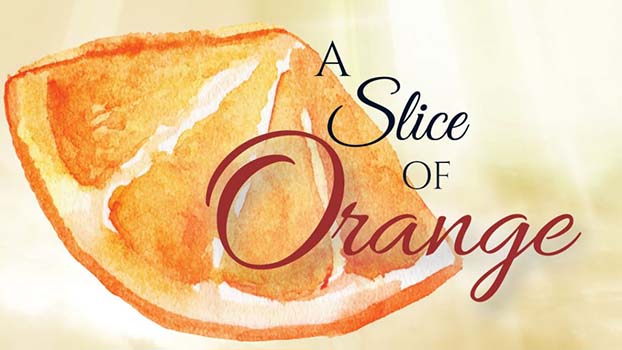



















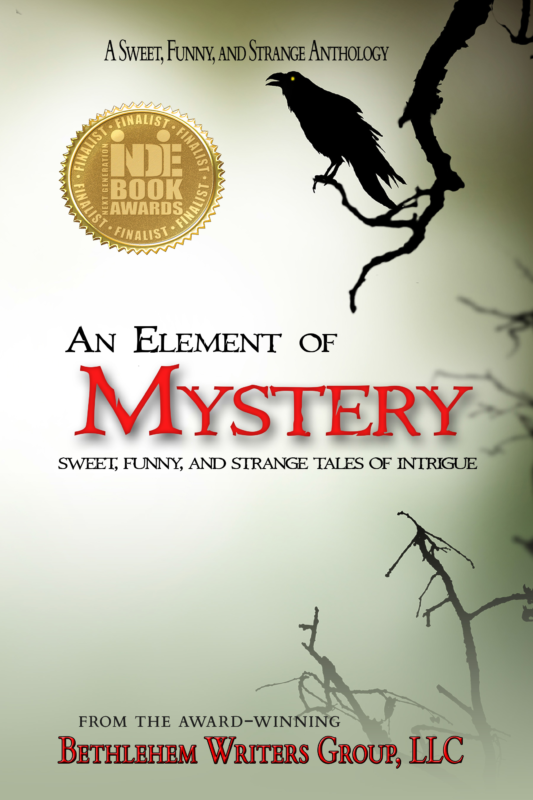







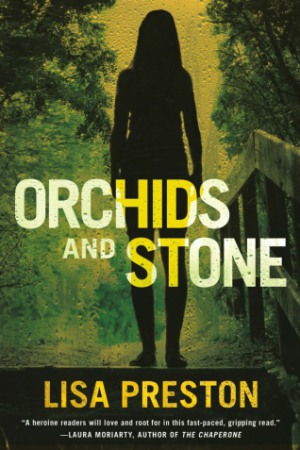





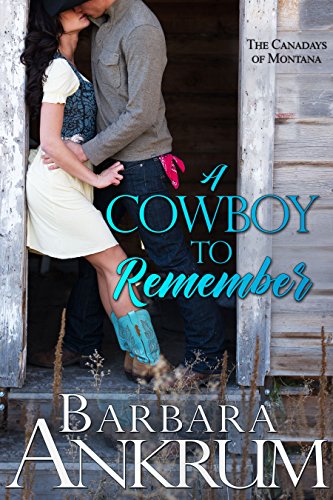
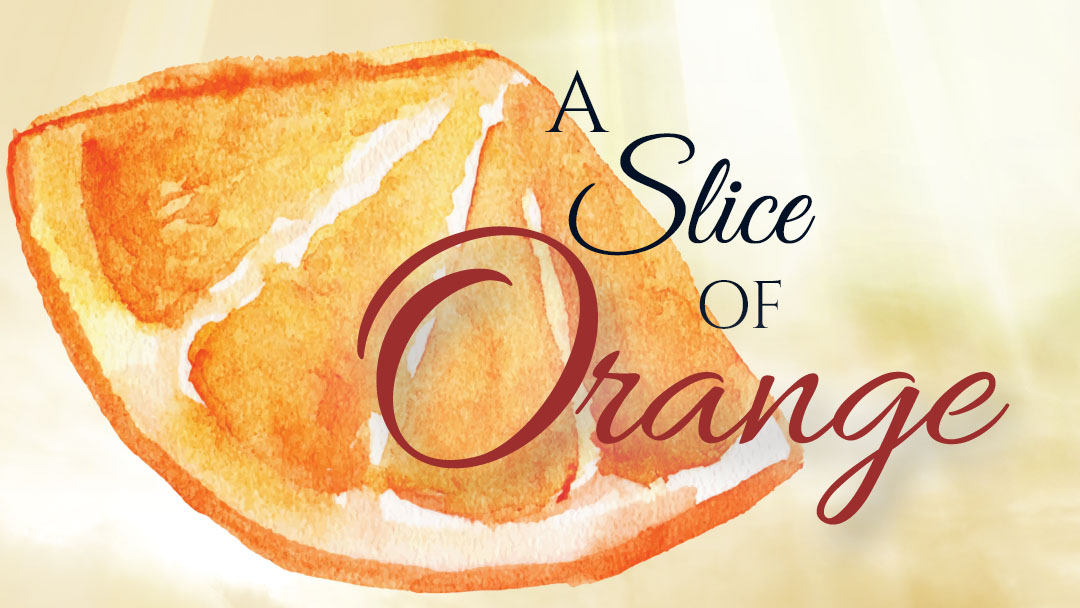




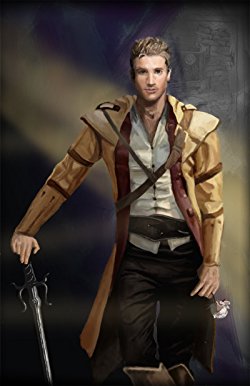
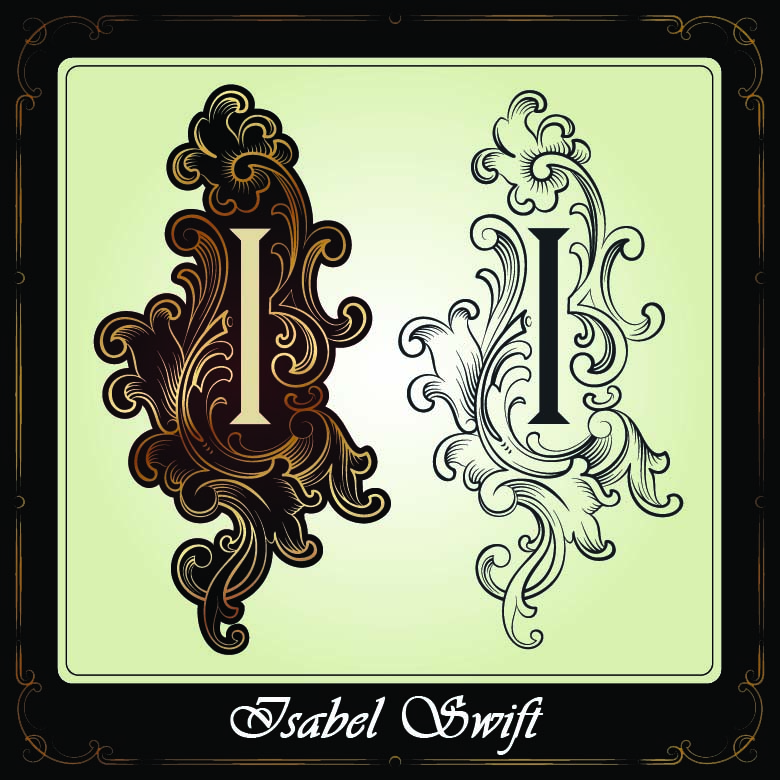






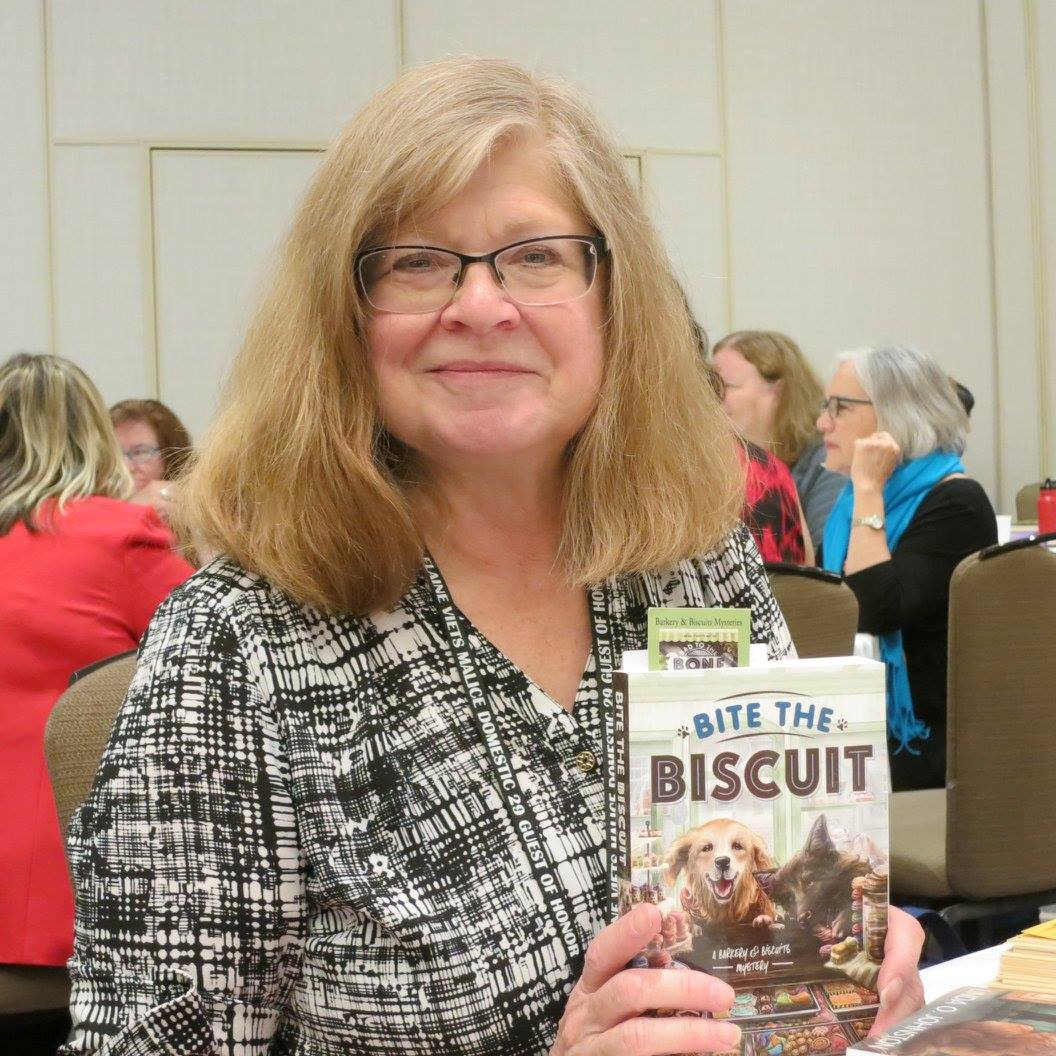
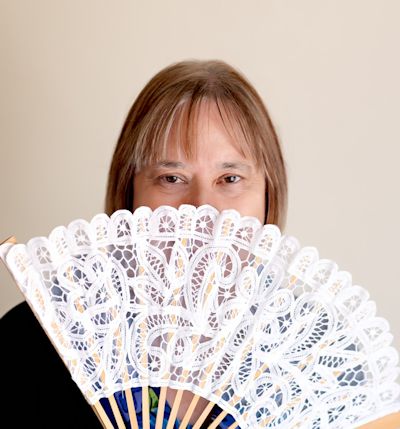


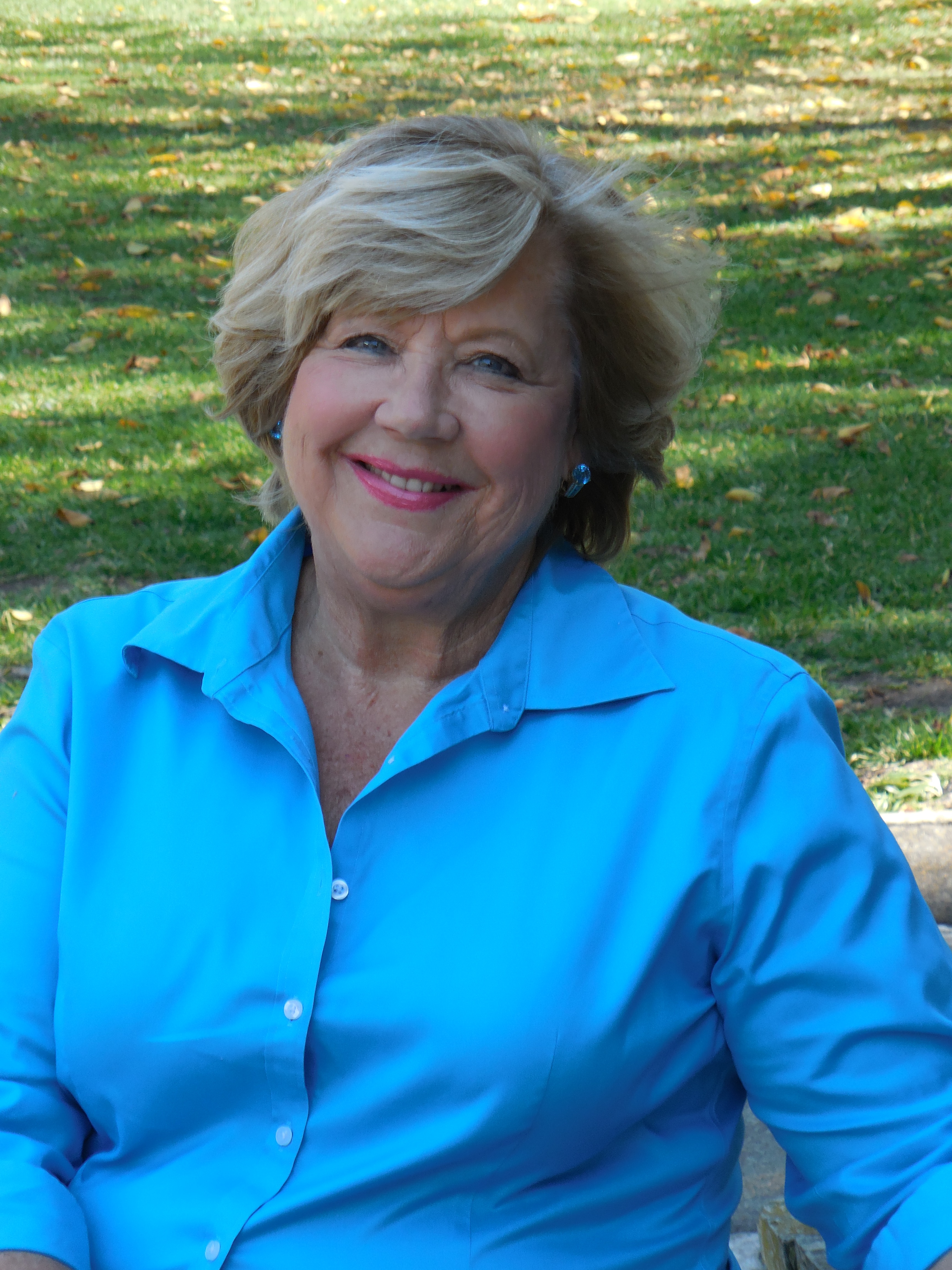



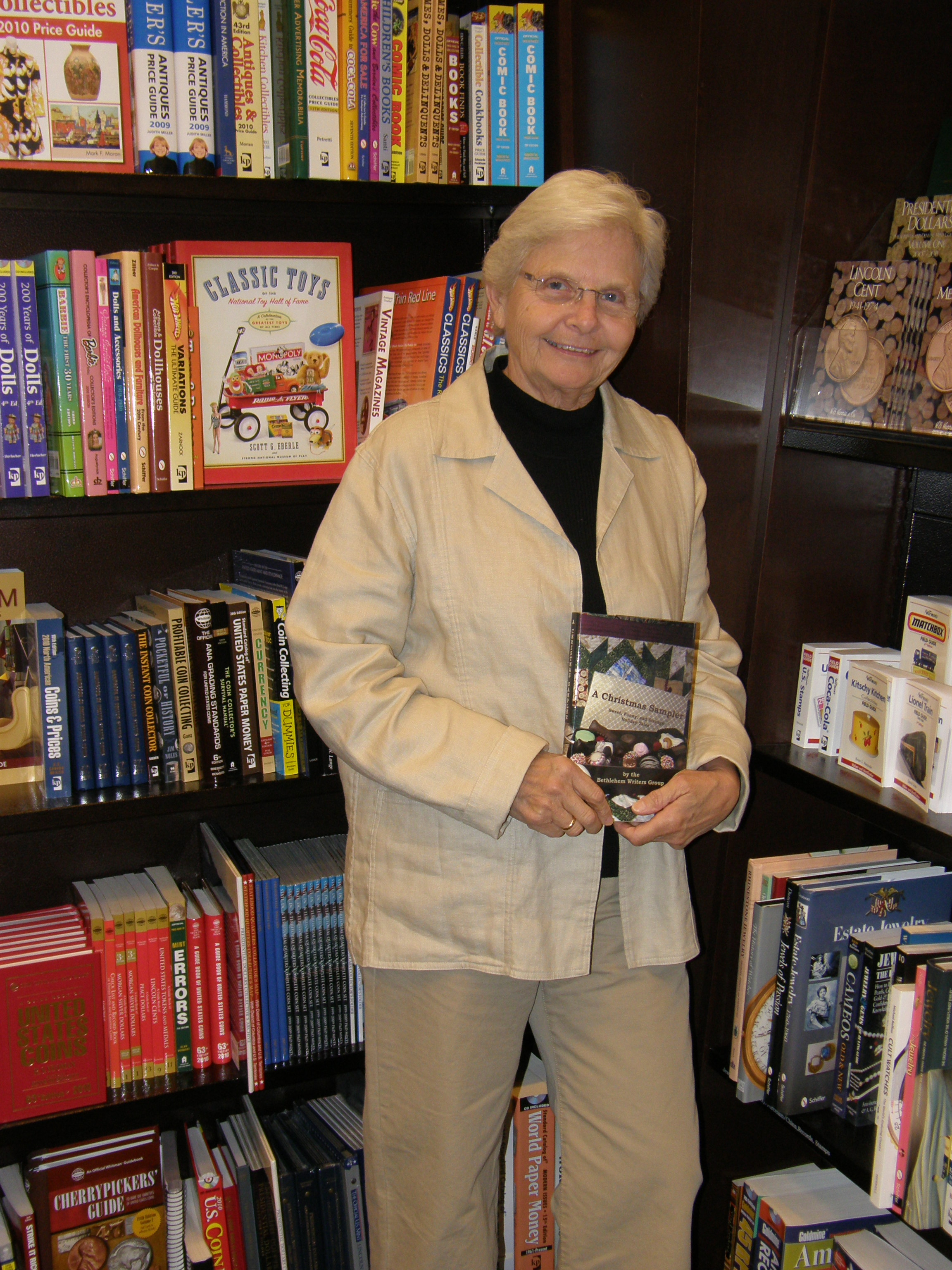

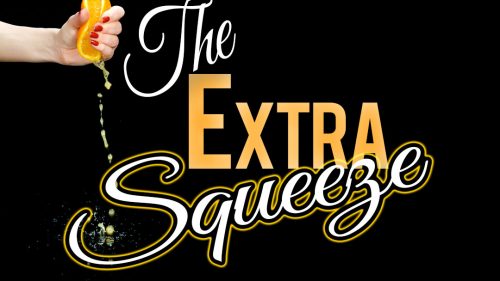


Hi Janet and Will, Fun post. Loved Barbie, Easy Bake Oven, Color-forms, and my all-time favorite even today is the…..Candy Land game.